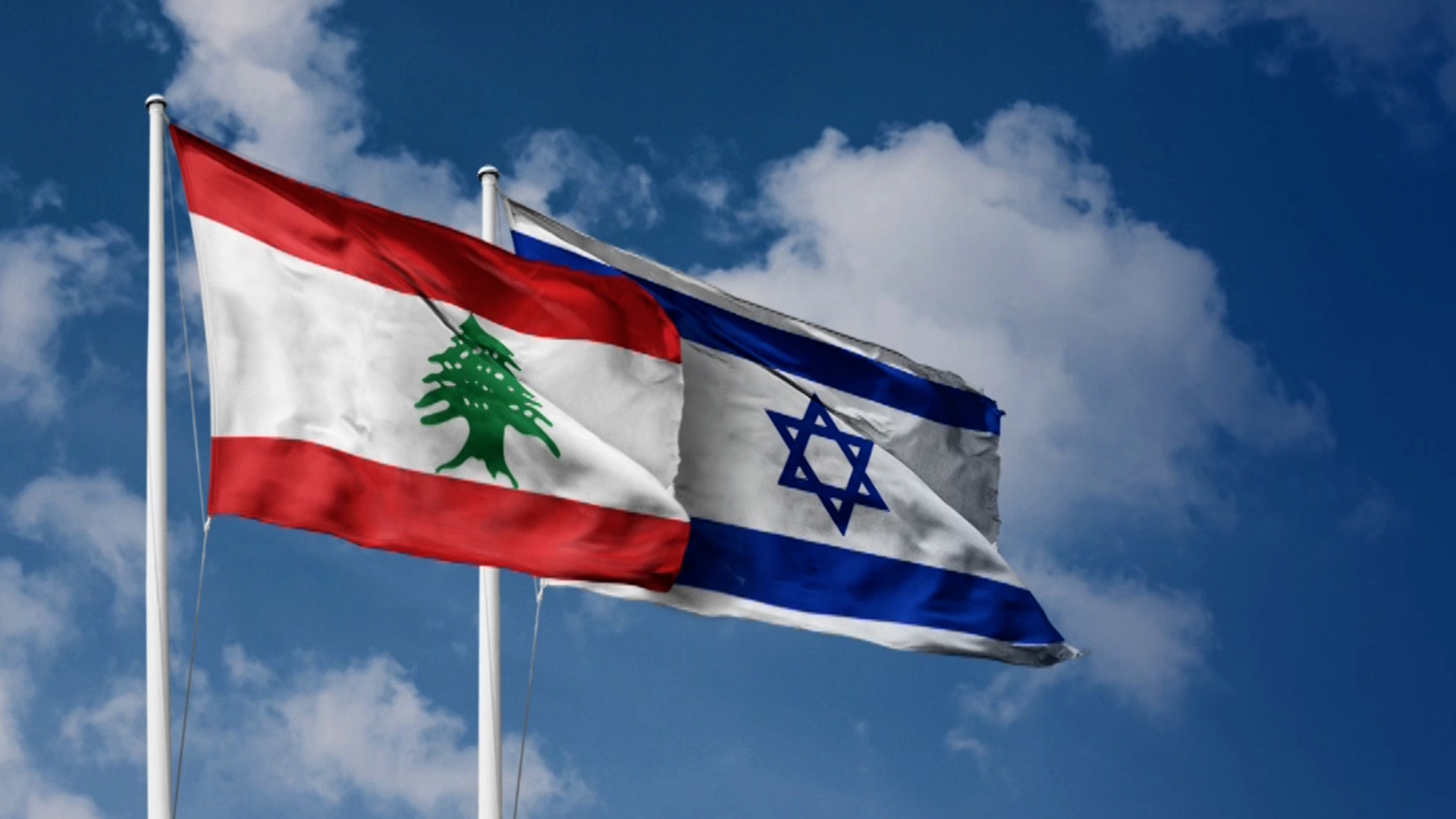The Karish oil and natural gas field, which is disputed between Lebanon and Israel, is located 100 km from the Israeli coast on the Mediterranean, and about 75 km from the coast of Haifa. The field was discovered in July 2013, and its proven gas reserves are estimated at 1.3 trillion cubic feet.
On September 16, 2022, the Israeli Ministry of Energy announced that it was preparing to conduct tests on the Karish gas field, before connecting it to the Israel gas network, which coincided with the confirmation of the "Energean Israel" company that its main project Karish, is on its way to start production in In a few weeks.
Location
The Karish oil and natural gas field is located in the territorial waters of the Mediterranean basin, 100 km from the Israeli coast, and about 75 km from the Haifa coast.
According to the Lebanese Ministry of Energy, the field is only about 4 km away from its border with Israel, specifically in Block No. 8, and 7 km from Block No. 9, which belong to Lebanese territorial waters.
space
The area of Karish field is estimated at 150 square kilometres.
Quantity
The volume of reserves of natural gas in the Karish field is estimated at 1.3 trillion cubic feet, while other estimates indicate that the volume of reserves ranges between 1.5 trillion to 2 trillion cubic feet.
Disputed space
The total area of Lebanese territorial waters is estimated at 22,000 square kilometres, while the disputed area with Israel is 854 square kilometres.
The size of the Lebanese marine oil reserves is estimated at 865 million barrels, and Lebanon's share of the natural gas in the Mediterranean is estimated at 96 trillion cubic feet.
Highlights
Nearly two years after the discovery of the Tanin field in 2011, Israel announced the discovery of the Karish natural gas field in 2013 in the territorial waters of the Mediterranean and the start of gas exploration in the field by Noble Energy, an American oil company.
On March 21, 2013, the company began drilling in the Karish-1 area with a total depth of 4,812 meters, and drilling continued under the sea for 77 days.
November 2014, leases of the Karish field were awarded to the prospector company Noble Energy for 30 years, with an optional 20-year extension.
For $150 million, London-based Greek oil and gas company Energean acquired the Karish and Tanin fields in August 2016.
After only 4 months, the company obtained approval from the Israeli government to transfer the Karish and Tanin lease contracts to Energan Israel, the group's subsidiary, so that these licenses expire in 2044, with an option to extend them for 10 years.
In December 2016, Energan Israel received approval from the Tel Aviv government for a plan to develop the Karish and Tanin fields, with development expenditures estimated at $1.7 billion for the Karish field alone.
In August 2017, a plan to develop the field was officially submitted by the Israeli Ministry of Energy. The plan included mooring a ship 90 kilometers (56 miles) offshore, where gas from the two fields would be processed and prepared for export.
The plan also included linking the Floating Production Storage and Offloading Facility - known as FPSO - to facilities on the Israeli shore through a 90-kilometre gas pipeline, allowing connection to the local sales network operated by Israel's national gas carrier. The floating production storage and offloading facility has a gas processing capacity of 8 billion cubic meters annually.
The roots of the crisis
The roots of the Karish field crisis go back to 2011, when Lebanon deposited with the United Nations the coordinates of its southern maritime borders, adopting line number 23, while Israel adopted line number one.
In 2012, the US mediator, Frederick Hof, proposed dividing the disputed area and giving Lebanon 490 square kilometers, and giving Israel 370 square kilometers, which Lebanon rejected.
In October 2020, indirect technical negotiations began between the two parties, as Lebanon amended its demands during the negotiations to demarcate the border according to a new line, line 29 that passes through the Karish field.
When the talks were launched, the talks were supposed to be limited to a maritime area estimated at 860 square kilometers, based on a map Lebanon sent in 2011 to the United Nations.
But Lebanon later considered that the map was based on wrong estimates, and demanded to search an additional 1,430 square kilometers, including parts of the Karish field, which means that the disputed area from Beirut’s point of view is 2,290 square kilometers, which was rejected by Israel and led to the suspension of negotiations.
In November 2020, Israel announced its rejection of Lebanon's position and its insistence not to hold talks with Beirut on the areas outside the disputed waters mentioned in the guidelines deposited with the United Nations in 2011.
In May 2022, Lebanon officially retracted its claim to line 29 and the Karish field, and informed the American mediator, Amos Hochstein, in exchange for obtaining the 23rd line with the entire Qana field.
In June 2022, the Greek ship "Energean Power" entered the Karish field for exploration, and the process of connecting the pipelines took place, but the "Energean" company informed Israel that it is not yet ready to pump gas from this field.

